Flying Steamerduck
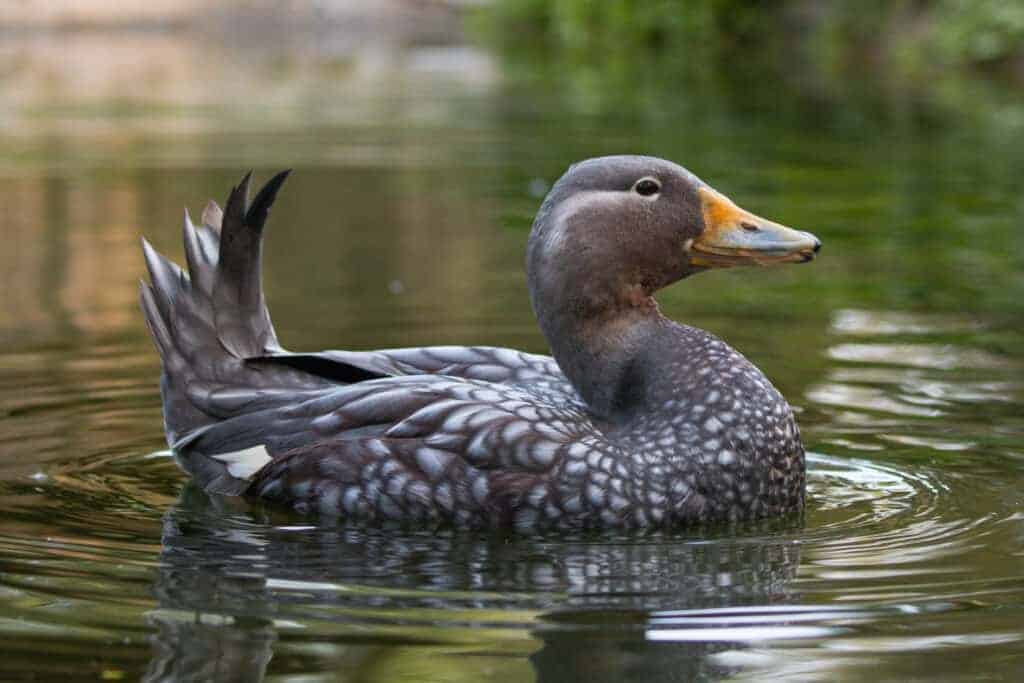
Flying Steamerducks have only been in aviculture for a few decades. Wild collected eggs formed the nucleus in Chile in the late 1980s. From there, pairs were distributed to other South American collections, and in 1995, four breeding pairs were sent to the Netherlands.
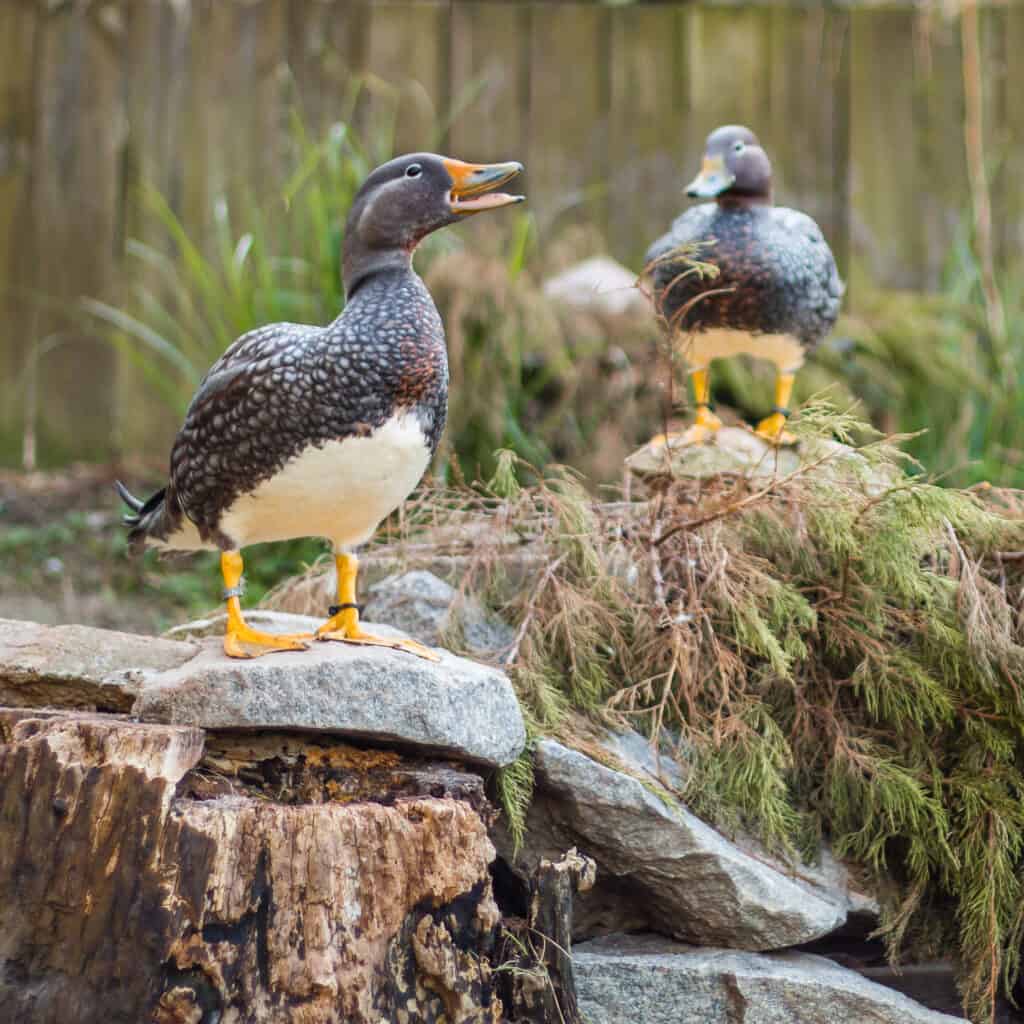
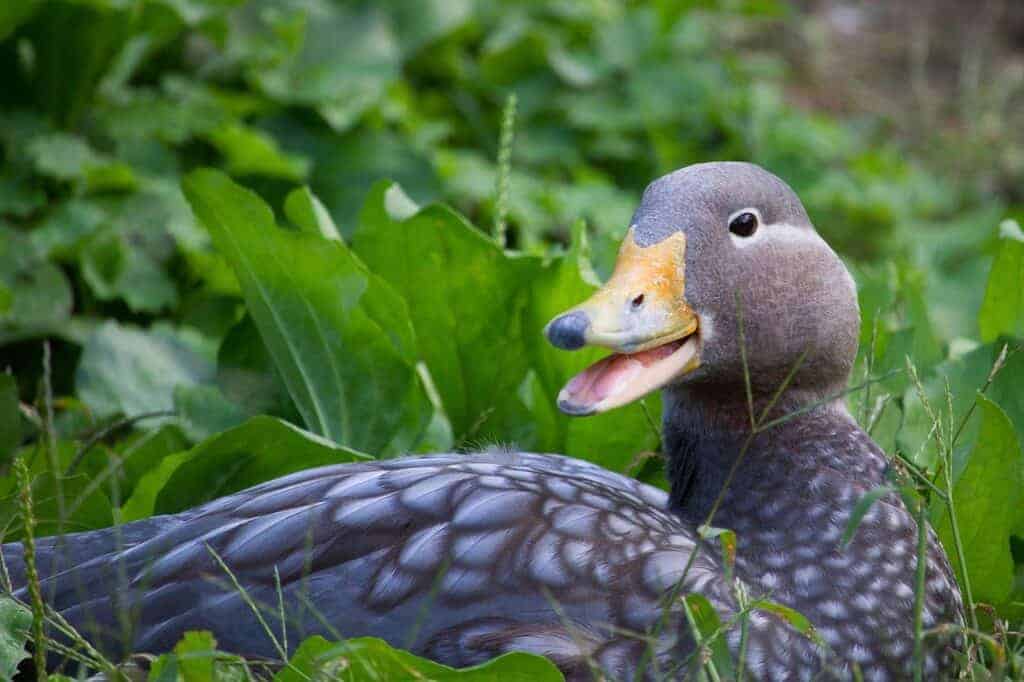
Tachyeres patachonicus
Thanks to its ability to fly, the Flying Steamerduck is by far the most widely distributed of the four species of steamerduck. Its range extends across southern Argentina and Chile and also to the Falkland Islands. Typically found breeding on freshwater lakes up to 50 miles from the sea, this species tends to move to the coast in the winter.
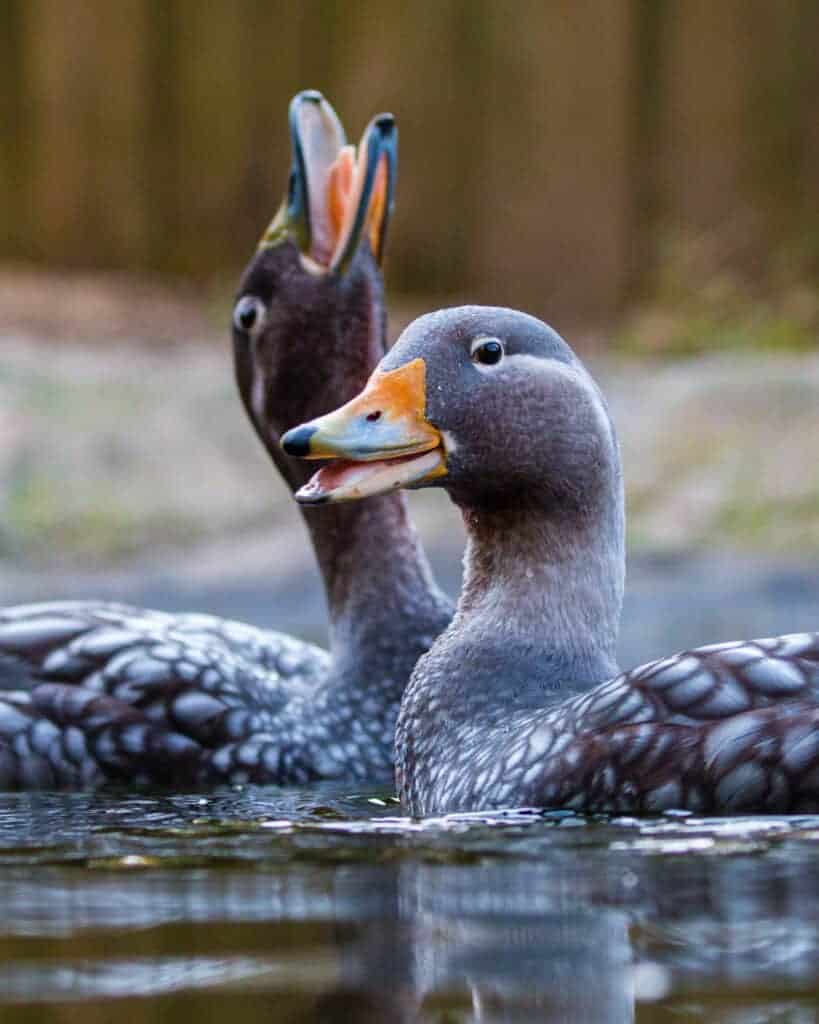
Like other steamerducks, these ducks apparently pair for life. The range of the Flying Steamer overlaps with the other three, making specific identification extremely difficult: the most certain way is to see one flying. However, because of their considerable size and weight, they are generally reluctant to fly, and it is thought that some individuals may be incapable of doing so.
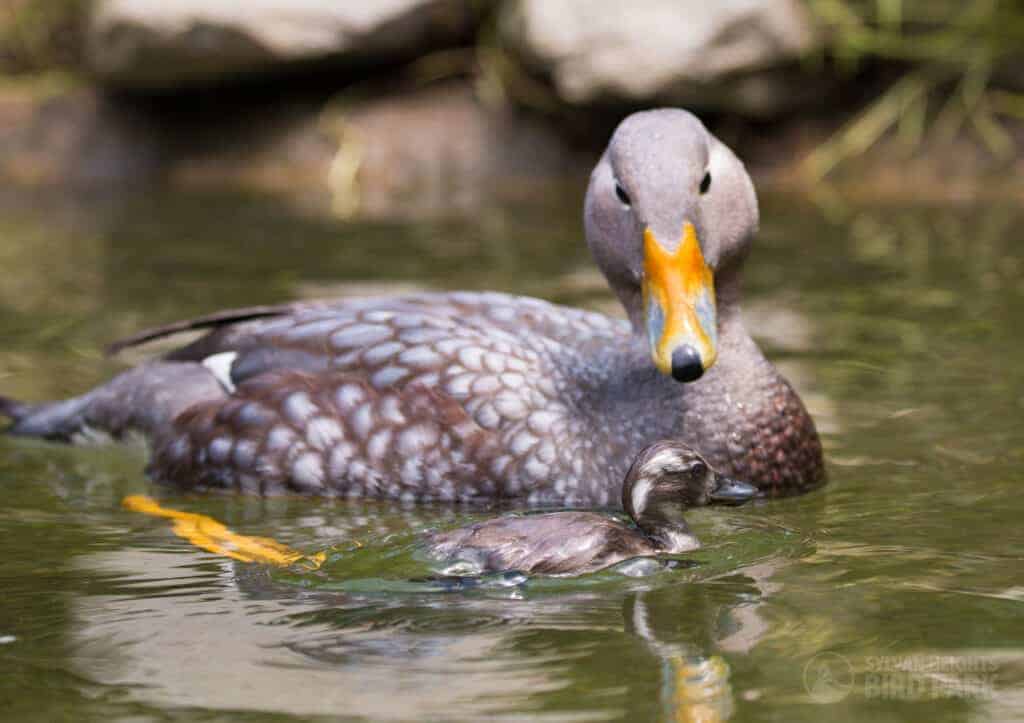
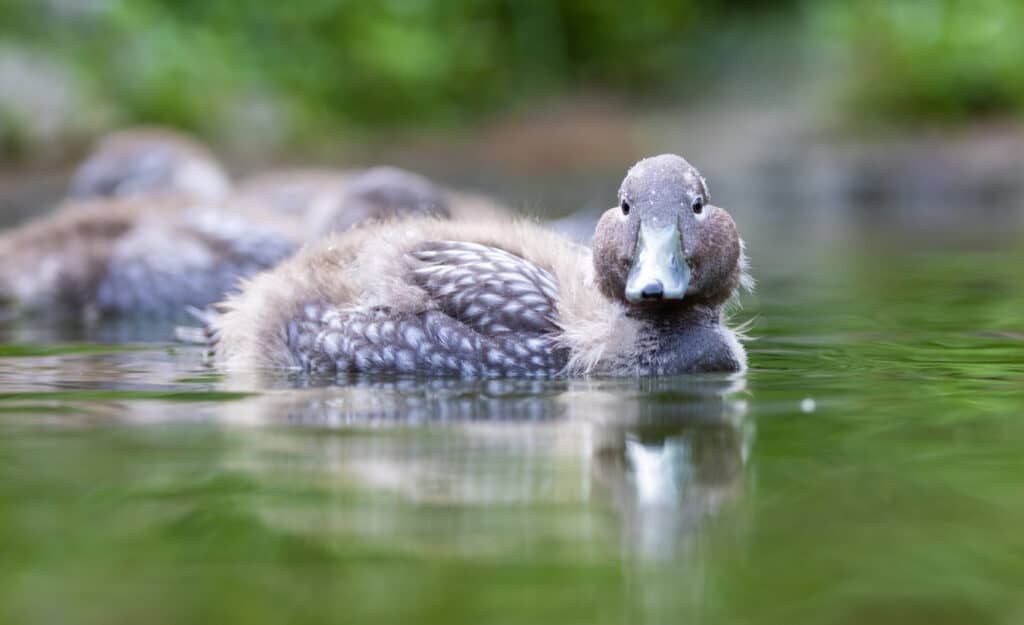
Like all steamerducks, Flying Steamers are aggressive. Their breeding biology is similar to the other steamers, with relatively small clutches and long incubation periods.
Sylvan Heights Bird Park hold the largest collection, having bred them after many years. In Europe, there are a small number of specialist collections starting to breed them well.